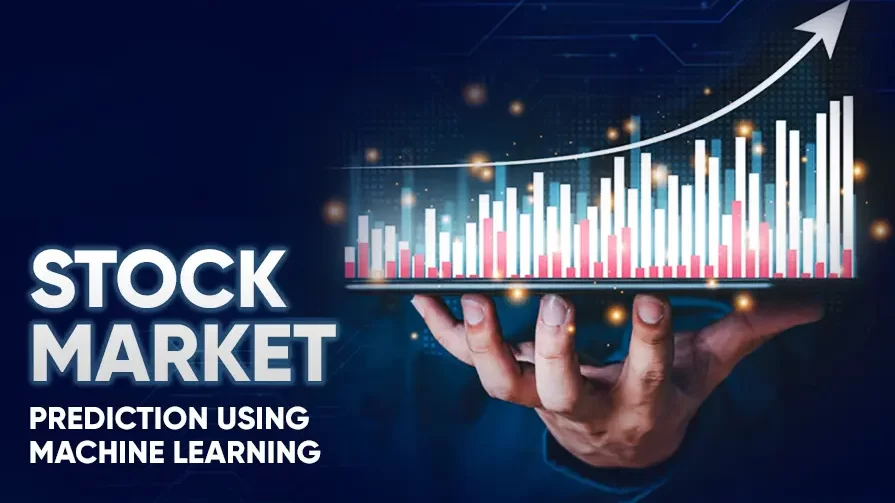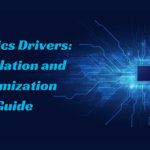The process of stock market prediction using machine learning
Is it possible to predict stock prices and plan your investments accordingly? Yes, it is partly possible. However, we can never be sure about stock prices due to many factors that can be implemented in seconds. The markets are fast and constantly changing, affecting many psychological, social, and financial aspects.
Thus, if there is any chance of accuracy, the predictions must be fast and consider all the factors affecting the prices. In simple words, that feat is impossible to achieve. All the publicly published data that can affect the stock prices have already affected the same, and predicting them is like predicting the future like a boss. Analyzing these vast data sets that analyse prices and correlate changes in associated factors is humanly impossible. Stock market prediction using machine learning comes into play precisely at this juncture and helps a human trader with the speed quotient.
The basics
The stock or equity market is where ventures and commercial entities can sell a part of their ownership in the form of shares. The buyer, in this case, is the public. Based on a company’s performance and many factors, the prices are determined and implemented in a fraction of a second. The stock market helps companies attract investments and secure the future with public support.
Stock prices are dynamic variables, constantly changing based on sales, demands, irrational and rational behaviours, etc. Stock markets are great for those looking to gain wealth quickly but have significant risks. A machine learning algorithm can predict stocks solely to ensure the security of the wealth invested in them.
The prediction fundamentals
This section will discuss linear regression algorithms and memory networks, specifically long-short-term memory networks (LSTMs).
Linear regression
It is a classic statistical method for predicting stock prices by analysing relations between dependent variables. The independent variables are based on past trends, and regression is drawn based on their changes over the years. These data sets are readily available and can be accessed by almost anyone.
Linear regression is the process of predicting a contentious variable’s value while considering an important independent variable. For example, a regression analysis can be done to understand the sales figures for umbrellas in light of annual rainfall. Here, the input variable, yearly rainfall, is known or can be measured: variable here is the sale of umbrellas.
In this case, the independent variable occupies the X-axis, and the dependent variable is placed on the Y. After plotting the points, a line is drawn through the closest region of all the points. After the regression, the classic Y = mX+C is optimized, and the coefficient is identified. An algorithm like this can be stored and used in the future with collaborating regression algorithms that assign the same dependent variable in the light of different independent variables.
LSTMs
LSTMs are somewhat more effective than regression in stock prediction. They are used to understand the long-term dependencies of variables. Long—and short-term memory networks consist of different layers, four layers to be exact, each with dedicated roles.
The process is executed in three significant steps
Step 1
Omit unnecessary values from the set using a sigmoid function.
Step 2
It is deciding upon the values allowed to pass through a sigmoid function and adding weightage to them by a hyperbolic tangent function.
Step 3
This step concerns filtering the output using a sigmoid function and shifting the values between negative and positive ones using a hyperbolic tangent function.
Conclusion
All these processes are automated and powered by tried-and-tested machine learning algorithms. This makes the stock trading experience much safer and assists a human trader with all the necessary information. However, trading stocks is still subject to market risks, and they are expected to be similar shortly.

















